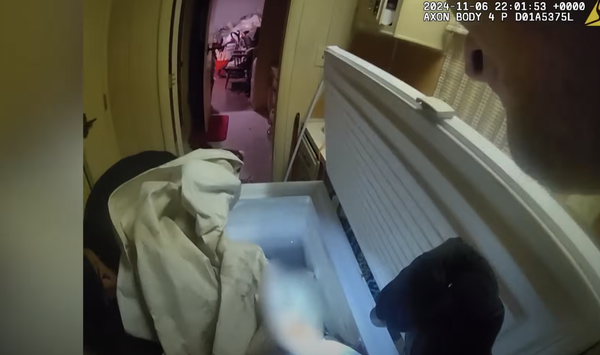
When it comes to the U.S. economy - there’s what people think is happening, and then there’s what’s actually happening. Liz Ann Sonders, Chief Investment Strategist at Charles Schwab, joins TheStreet to discuss the disconnect between perception and reality, as well as where she sees inflation heading.
Related: What the market cares more about than the Fed speculation
Full Video Transcript Below:
SARA SILVERSTEIN: And what do you make of the disconnect between the perception of the economy right now and the reality of the economy?
LIZ ANN SONDERS: Yeah, that's a really amazing one because there have been surveys, recent surveys that suggest a high percentage of individuals think the economy is in recession or that we've got a very high historical unemployment rate. And obviously that's just not the case. And I think it's the filtering in of the inflation problem that has colored a lot of people's perceptions of the state of the economy. More broadly, the health of the economy more broadly. So even though the inflation problem is where the issues have been concentrated, that does filter into a broader perspective for individuals that see the erosion of their purchasing power. And they may liken that to a problem from a labor market and wages perspective. So I really think at the crux of this disconnect seeming disconnect between how folks feel and what you actually see in the numbers on the economy, I think inflation is the connection point between that disconnect.
Watch More Interviews:
- Shark Tank's Kevin O’Leary has a bold plan for TikTok
- Kara Swisher issues stark warning to the media
- Inflation is impossible to forecast — stop investing like you can, top economist warns
SARA SILVERSTEIN: And do you see inflation softening? And if so, will that help correct this disconnect?
LIZ ANN SONDERS: Well, it has softened in many areas. The problem right now is if you look at inflation metrics, whether it's CPI or which is the Fed's preferred metric, and you break out the components of those indexes into two somewhat basic categories, discretionary and non-discretionary. So discretionary would be the stuff that represents wants and the non-discretionary is the stuff that represents needs. And in the case of CPI, you look at the non-discretionary, the needs categories, things like health care and, you know, home insurance or auto insurance. Inflation is running at somewhere in the 6% range, which is 3x, the Fed's 2% target. Where those discretionary categories are closer to flat territory, really no inflation anymore in those areas.
And that's another reason why I think you have this filtering into weaker confidence, because the stuff we have to purchase is where the stickiness on the high side still exists. And the rub from the perspective of the Fed is if they keep policy tight and let real rates move higher, that the point of tighter monetary policy is to weaken demand in the economy. The problem is that doesn't really apply to the same degree on the non-discretionary side of things as stuff we have to purchase. I'm not sure the fed, you know, their wand that they can wave via what they do with short rates or the balance sheet can have a near-term impact on things like auto insurance rates. So it is a bit of a pickle right now for the Fed in trying to tackle that.
Related: Veteran fund manager picks favorite stocks for 2024







